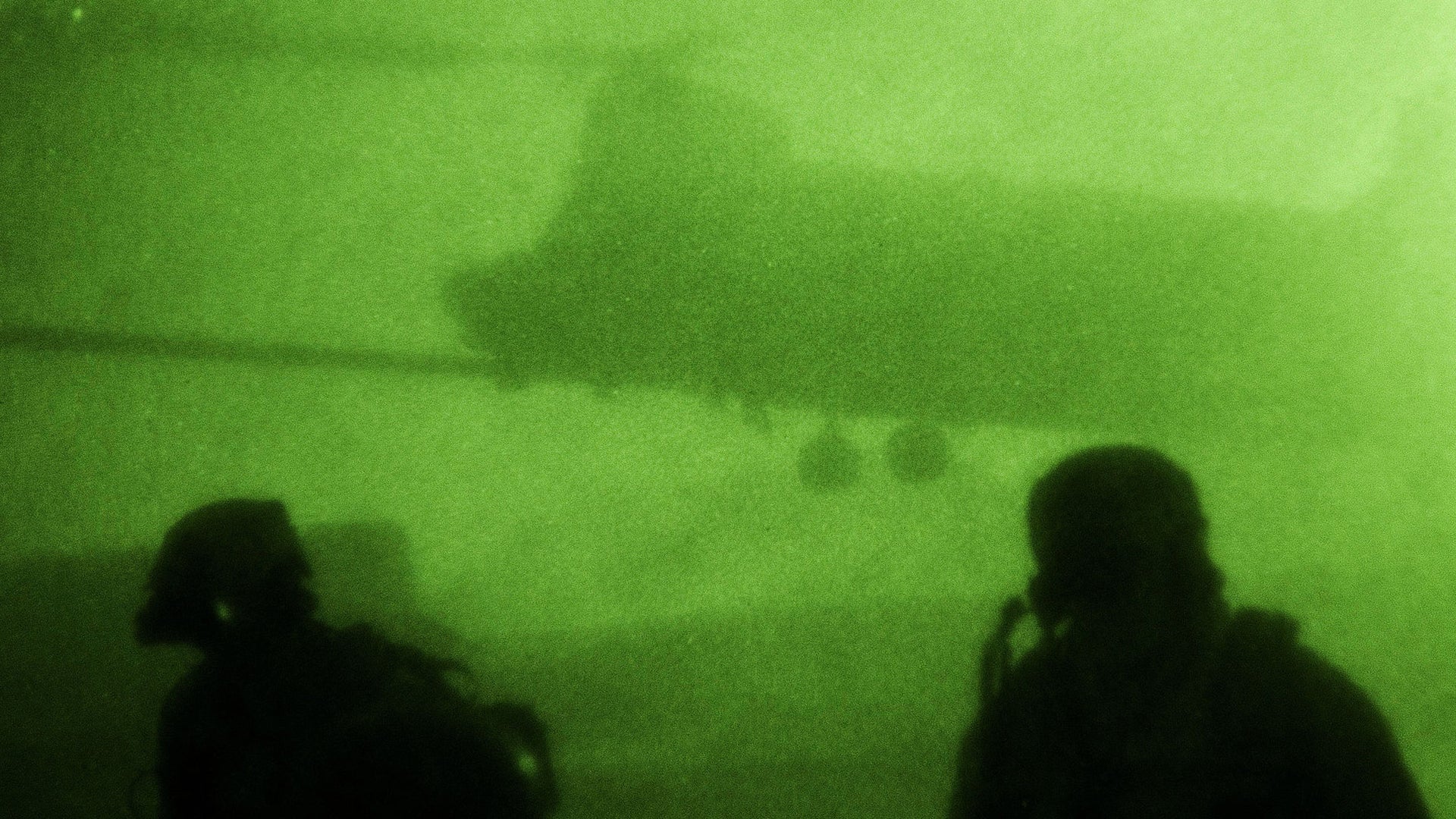This U.S. military has suffered its first combat death in Somalia since 1993. The incident follows news, which The War Zone previously reported on, that American commanders in the region have expanded authorization to go after terrorists and that regular troops were heading to the country to train local forces.
On May 4, 2017, U.s. Africa Command announced in a statement that an unspecified U.S. service member died while on a joint operation with Somali National Army forces against Al Shabaab terrorists near the town of Barii, approximately 40 miles west of the capital Moghadishu. The press release offered no details about the nature of the mission or the units involved. U.S. military officials, speaking on and off the record to various news outlets, later confirmed that the American who died was a U.S. Navy SEAL and that Al Shabaab had wounded two other individuals, also presumed to be SEALs, during the operation.
“We do not believe there has been a case where a U.S. service member has been killed in combat action in Somalia since the incident there in 1993,” Patrick Barnes, an AFRICOM spokesman, told The Associated Press. Between Oct. 3 and 4, 1993, militiamen in Mogadishu killed 18 American troops and wounded more than 70 others in the aftermath of an U.S. mission to seize senior militants allied with warlord Mohamed Farrah Aidid. Author Mark Bowden later immortalized the battle in his book Black Hawk Down, a term that has become synonymous with the event. The War Zone’s own deep analysis of America’s experiences in Somalia and activities in the country since the 9/11 terrorist attacks touches in part on this incident.
Since Al Shabaab appeared in Somalia in 2006, the United States has been battling the group and supporting African Union troops doing the same in the war-torn country. In 2012, the organization announced that it had formally joined the umbrella of the global Al Qaeda terrorist network.
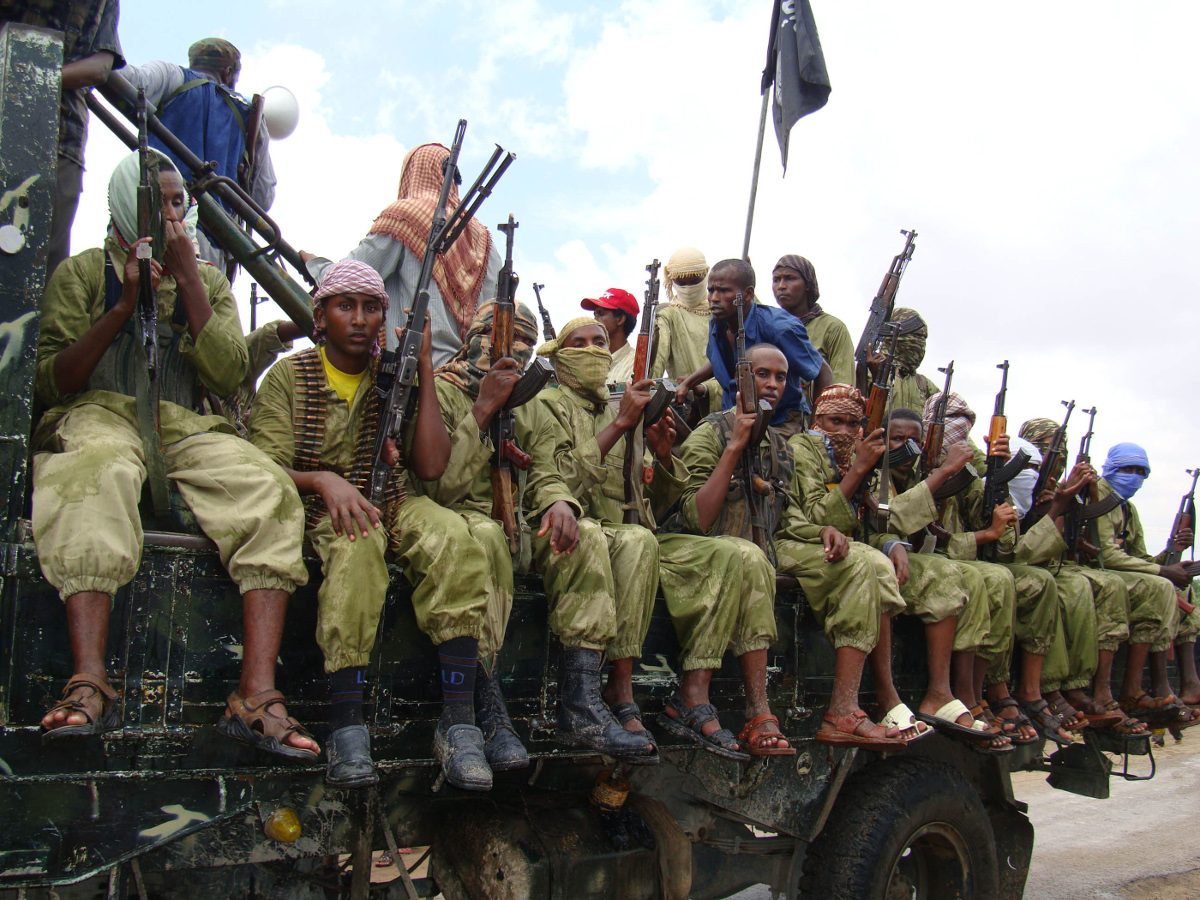
“Al-Shabaab presents a threat to Americans and American interests,” AFRICOM added in its statement. “Al Shabaab is an affiliate of the terrorist group al-Qaeda, which has murdered Americans; radicalizes and recruits terrorists and fighters in the United States; and attempts to conduct and inspire attacks against Americans, our allies and our interests around the world, including here at home.”
In many ways, the May 2017 raid near Barii was reportedly similar to the Black Hawk Down mission more than two decades prior. Helicopters carrying American special operations forces and Somali National Army troops descended on an Al Shabaab safe house in the village of Dare Salaam to kill or capture militants who had been planning attacks on government security forces and their international partners, an unnamed Somali intelligence official explained to AP.
When the force arrived, the terrorists responded and a firefight broke out, leading to the casualties. It is unclear how many, if any, of the Al Shabaab targets died as a result of the combined attack. Afterwards, the group’s media arm, the Shahada News Agency, issued its own statement, saying the militants had killed or wounded “a number” of U.S. and Somalia government troops.
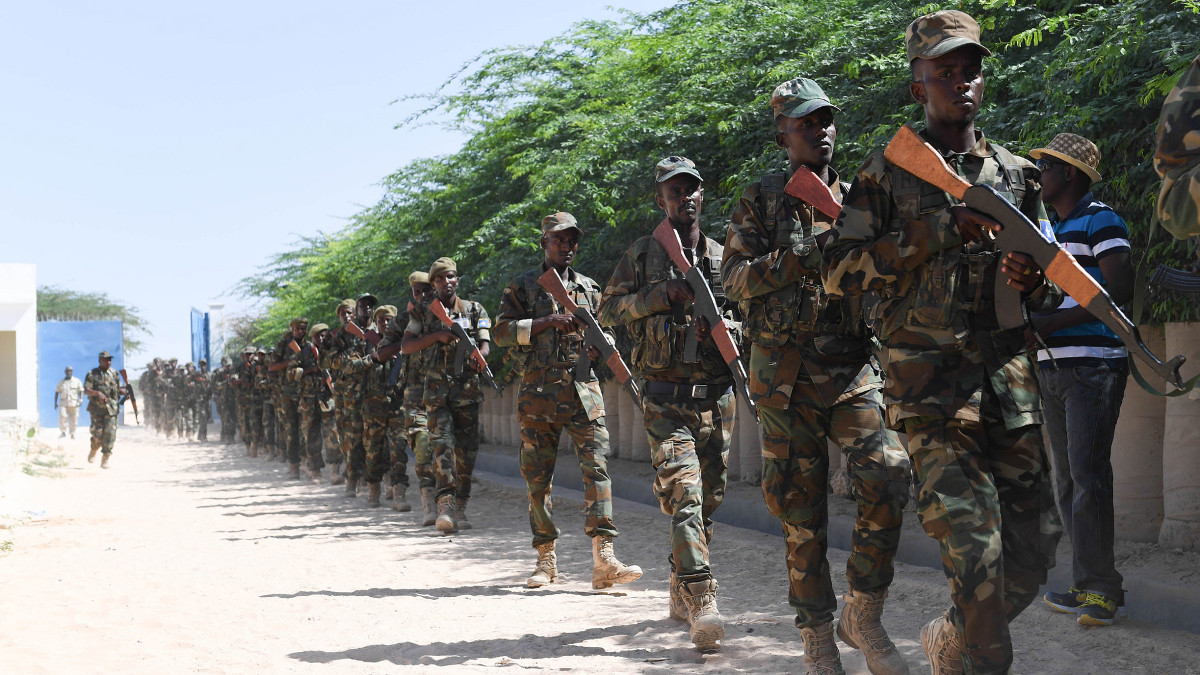
Of course, this is hardly the first time American and other foreign special operations forces have conducted raids against Al Shabaab. In addition, the terrorist group has been able to thwart a number of them in the past. In January 2013, the militants prevented elite French troops from rescuing intelligence agent Denis Allex, murdering him afterwards in retaliation for the attack. Later that year, Navy SEALs had to abort a raid near Barawe after an intense firefight. There are reports that British and Jordanian special operators may also be involved in the country.
But the latest mission came shortly after President Donald Trump and his administration approved new, broader authorities for American commanders in the country. Though it did not mention raids specifically, the policy changes gave the U.S. military additional latitude to conduct air and artillery strikes in support of African Union peacekeepers and Somalia’s military.
“This authority is consistent with our approach of developing capable Somali security forces and supporting regional partners in their efforts to combat al-Shabaab,” Navy Captain Jeff Davis, a Pentagon spokesman, wrote in statement on March 30, 2017. “Somali and AMISOM forces have already achieved significant success in recapturing territory from al-Shabaab, and additional U.S. support will help them increase pressure on al-Shabaab and reduce the risk to our partner forces when they conduct operations.”
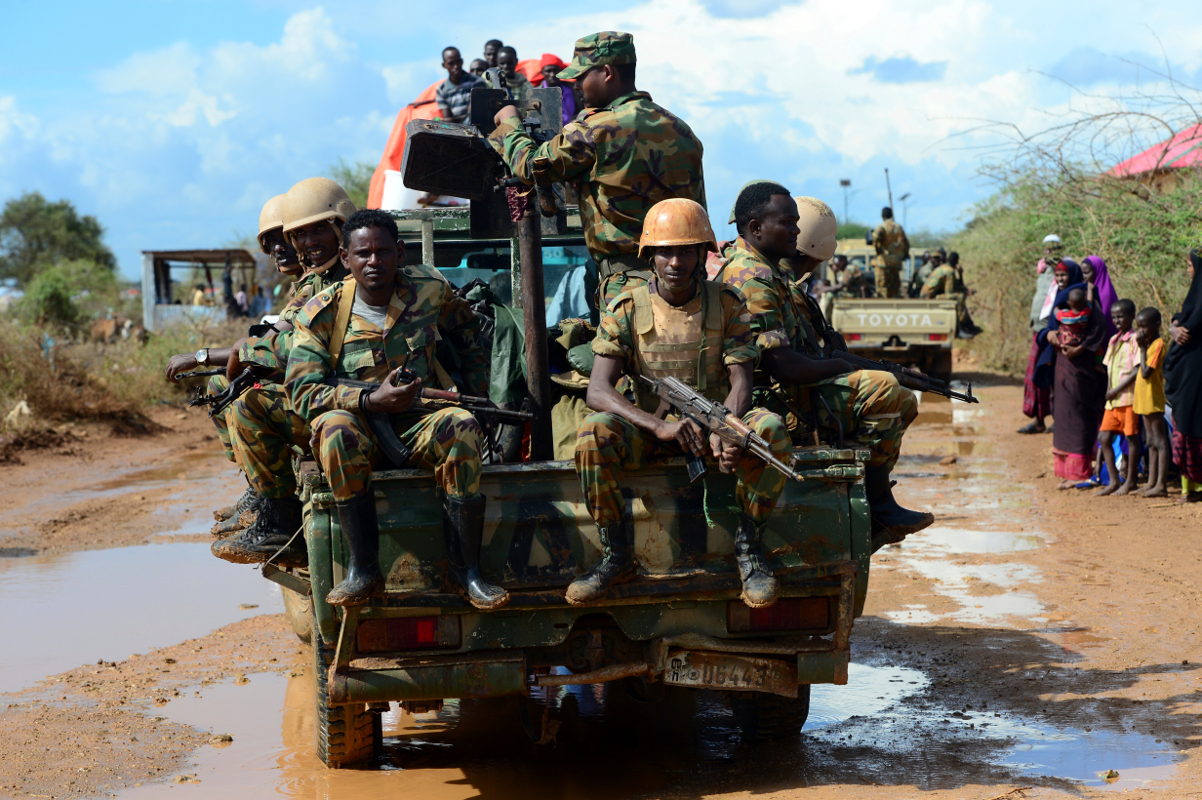
Then, in April 2017, The Intercept obtained a letter from the U.S. Agency for International Development’s Office of U.S. Foreign Disaster Assistance that sought updated information about where “humanitarian and development organizations” were operating within Somalia. The need for this information, which would help the U.S. military try and avoid civilian casualties, seemed like a potential prelude to American strikes on Al Shabaab members. However, the Pentagon stringently denied it had carried out any targeted attacks in the country since January 2017, including reports of a suspected drone strike on or about April 14, 2017.
With the African Union planning to end its mission in the country in 2020 and start pulling out troops as early as 2018, there is an impetus to get the Somali National Army and the rest of the country’s security forces onto more secure footing broadly. So, on April 2, 2017, approximately 40 soldiers from the U.S. Army’s 101st Airborne Division deployed to Somalia for the more mundane task of training local troops in logistics operations.
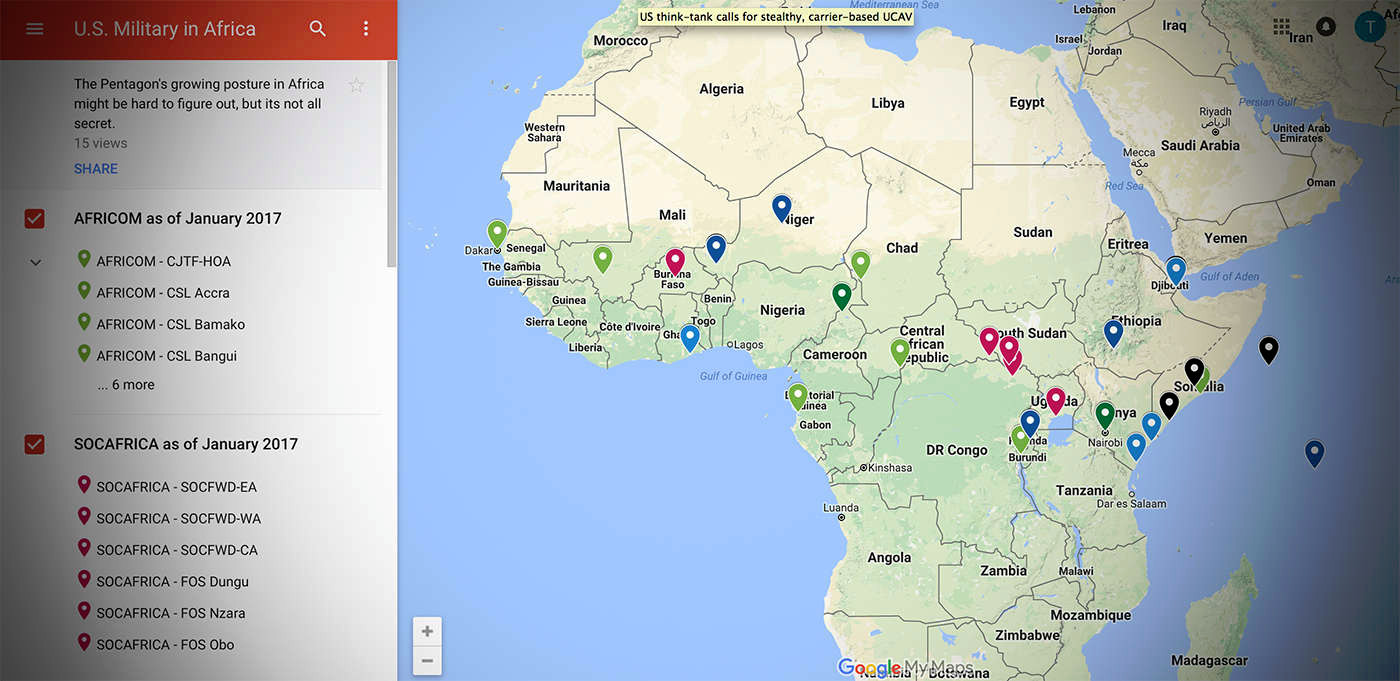
Be sure to check out our interactive google map of American military facilities across in Africa, including sites in Somalia
In the past, the Pentagon and the State Department had conducted much of that training outside of the country at sites in neighboring countries such as Djibouti and Kenya, likely to keep American personnel and contractors shielded from Al Shabaab attacks. Despite major U.S. and African Union-supported offensives – the latest of which Somali President Mohamed Abdullahi Mohamed announced in March 2017 – the terrorists remain willing and able to carry out deadly attacks in heavily patrolled areas, such as Mogadishu itself. On Jan. 25, 2017, militants launched a complex attack on the Dayah Hotel, a popular meeting place for Somali government officials and foreigners, including journalists.

For obvious security reasons, in an Email to The War Zone, AFRICOM would not specify where the troops from 101st were staying, saying only that they would be working at a “Somali military facility located near the Mogadishu International Airport.” In January 2017, the Defense Logistics Agency (DLA) posted a contracting notice on the U.S. government’s main contracting website, FedBizOpps, regarding the pre-positioning of fuel across Africa. The associated documents included a plan for deliveries of 800 gallons of unleaded gasoline per month to a site listed as “Mogadishu International Airport Training Area 6.”
AFRICOM declined not confirm whether this site was related to the new American training mission. Since October 2013, the Pentagon has also maintained a small Military Coordination Cell in the country too coordinate American support for local and African Union forces, nominally operating from in or around the country’s airport.
It goes without saying that if the Trump administration continues with its apparent push to have more U.S. forces on the ground in the country conducting a combination of direct action, advisory, and basic training missions, there will be a similarly increased risk of additional casualties. Regardless of their exact positions, Somalia remains a dangerous locale in general.
Contact the author: joe@thedrive.com
